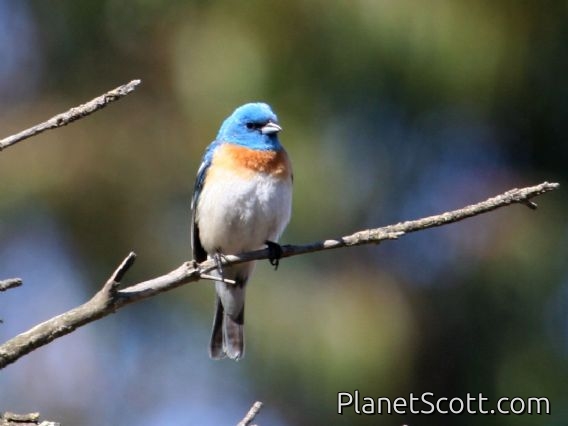Lazuli Bunting (Passerina amoena)

Lazuli Bunting (Passerina amoena)

Lazuli Bunting (Passerina amoena) Male


×



Lazuli Bunting (Passerina amoena)

Lazuli Bunting (Passerina amoena) Male
About Lazuli Bunting (Passerina amoena)
- Kingdom: Animals
- Phylum: Chordates
- Class: Birds
- Order: Perching Birds
- Family: Cardinals and Allies
The lazuli bunting is a North American songbird named for the gemstone lapis lazuli.
Source: Wikipedia
Visits
-
2001-06-11
Windy Hill OSP, United States of America -
2007-04-30
Mount Davidson, United States of America -
2007-05-07
Glen Canyon Park, United States of America -
-
2012-05-20
Pyramid Lake, United States of America -
2012-07-11
Theodore Roosevelt National Park - South Unit, United States of America -
2013-06-15
Redwood Valley, United States of America -
2013-07-02
Yolla Bolla Wilderness, United States of America -
2014-05-03
Glen Canyon Park, United States of America -
2014-05-09
Cave Creek Canyon--Southwestern Research Station, United States of America -
2014-05-09
Portal--Big Thicket, United States of America -
2014-07-12
Windy Hill OSP, United States of America -
-
-
-
-
-
2021-06-10
Bishop, United States of America -







